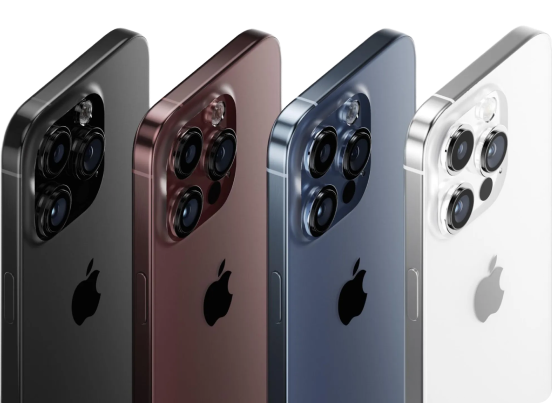As Apple gears up to enhance its competitive edge in the tech market, the company is implementing several strategic measures to reduce the costs of its Vision Pro lineup. These efforts are not only aimed at making these advanced devices more accessible to a wider audience but also at maintaining Apple’s reputation for innovation within a manageable price point. Here’s an in-depth look at the cost-reduction strategies Apple is likely to employ:
Cheaper Materials for Cost Reduction
To achieve a lower price point, Apple is considering a shift in the materials used for the construction of the Vision Pro. Instead of the high-cost aerospace-grade alloys and the 3D laminated glass, the company is exploring the use of more economical materials:
- Plastic Polymers and Composite Materials: These alternatives offer durability and a high-quality finish at a significantly reduced cost.
- Flat Tempered Glass: Replacing 3D laminated glass with flat tempered glass simplifies the manufacturing process and reduces costs without compromising the structural integrity of the device.
Streamlined Design Choices
Simplification of the design is another avenue through which Apple aims to cut costs. By eliminating non-essential features and reducing the complexity of the device, production becomes more efficient:
- Removal of External OLED Displays: These are expensive components that may not be crucial for all users. Their removal can significantly decrease production costs.
- Reduction in Component Count: By decreasing the number of cameras and sensors, Apple can lower expenses related to hardware. The current models feature up to 12 cameras and multiple sensors, which can be streamlined without drastically affecting performance.
Component Optimization
Apple is also optimizing the components used in the Vision Pro to balance performance with cost efficiency:
- Transition to LCD Panels: While micro-OLED displays offer superior display quality, LCD panels can provide a cost-effective alternative that still meets the needs of most users.
- Use of More Cost-Effective Chips: Incorporating the A17 Bionic chip, which may be cheaper to produce than the M2 chip used in current models, could further reduce the manufacturing cost.
Eliminating Non-Essential Components
In addition to material and design optimizations, Apple is scrutinizing the Vision Pro’s feature set to identify areas where costs can be reduced without sacrificing essential functionality:
- Reduction of Display Features: By focusing on essential display quality without additional enhancements, Apple can save on costs related to high-end display technologies.
- Streamlined Audio Components: Considering simpler audio solutions can also help in reducing the overall cost of production.
Impact on Consumers and the Future of Vision Pro
These strategic cost reductions are expected to make the Vision Pro more accessible, potentially expanding Apple’s customer base. Lowering the entry price for advanced AR/VR technologies can also spur market growth and drive innovation within the industry. By making these devices more affordable, Apple not only addresses the needs of a price-sensitive consumer base but also strengthens its market position against competitors.
MacReview Verdict
Apple’s initiative to reduce the cost of its Vision Pro lineup through strategic material choices, streamlined design, and component optimization reflects a thoughtful approach to making cutting-edge technology accessible to a broader audience. These efforts demonstrate Apple’s commitment to innovation and customer satisfaction, ensuring that more users can experience the latest in AR and VR without a prohibitive price tag. As these changes unfold, it will be interesting to see how the market responds and how competitors adjust their strategies in response to Apple’s moves.



